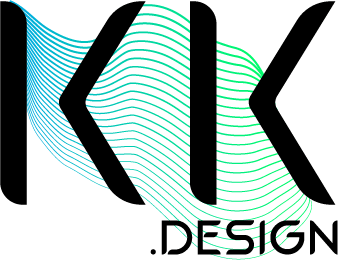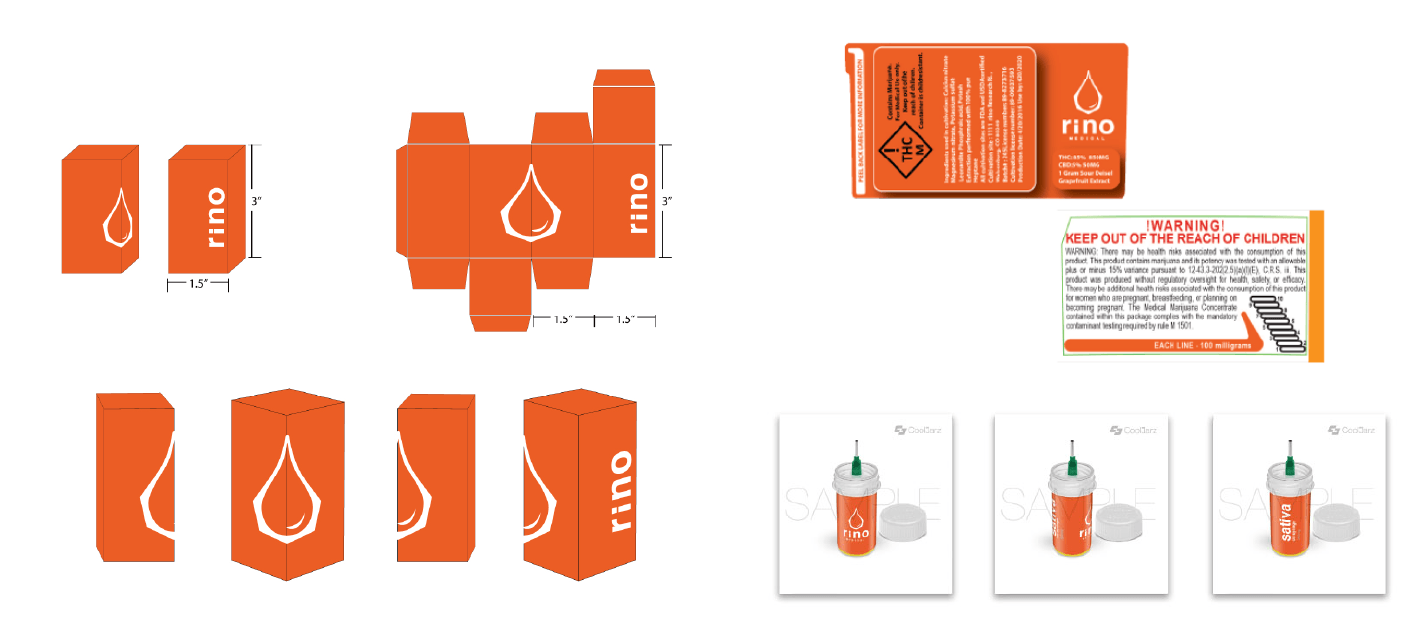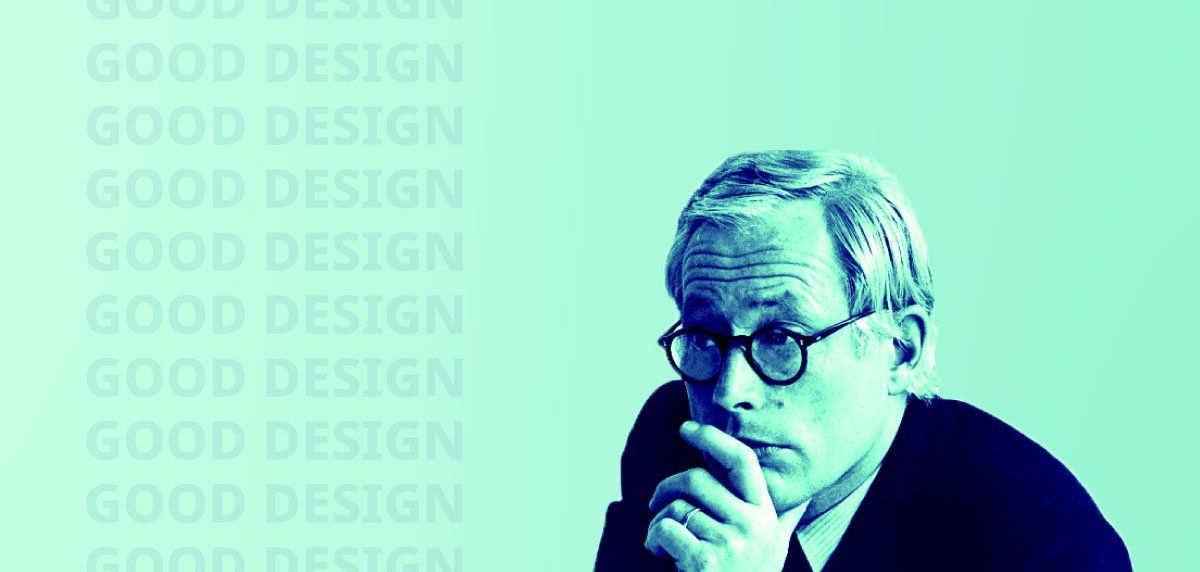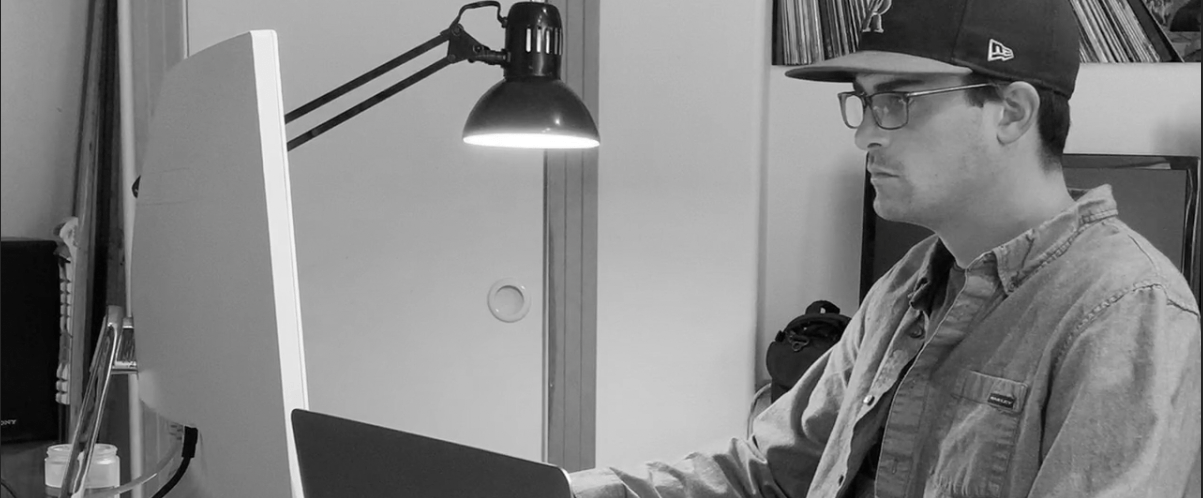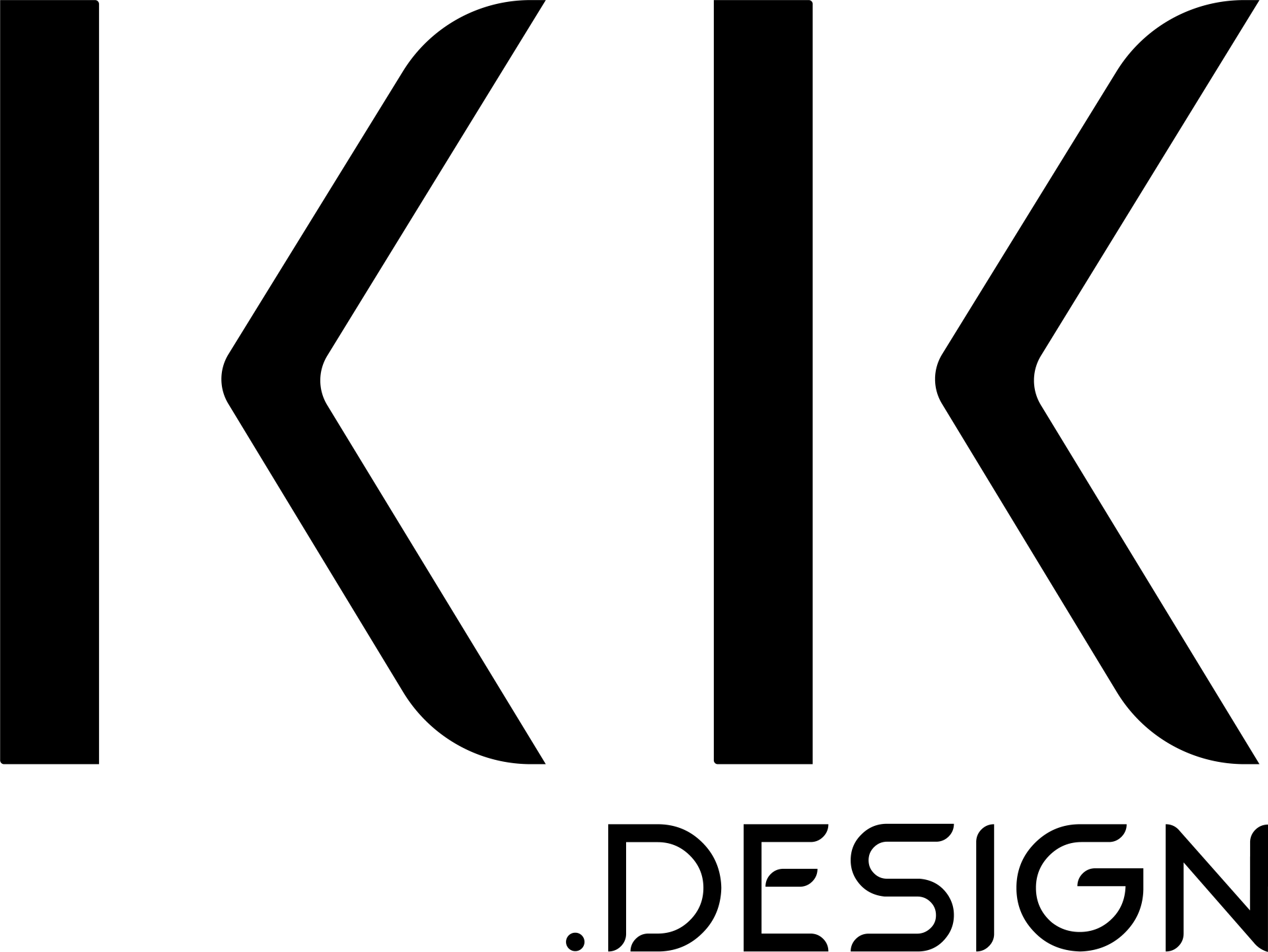Stage 1 | Develop an online footprint the size of a Yeti's - determining subject matter and target audience.
Turning a blog into a book is a top-down approach to developing a massive footprint online.
When you simply publish your words, they serve as a backbone to building content and awareness around you and your brand or business. A blog-focused approach acts as a top-town content strategy by building SEO on your website while also framing subjects for social media content. Snippets from your writing can be published on social media and other outlets to spread your digital footprint. With published content online, your credibility is prevalent and becomes the forefront for potential clients to trust in you and your business.
Stage 1: Determine the subject matter and target audience
Subject Matter Really Matters
No one reads gibberish. You’ll need to define what you plan to talk about and exactly how to provide value to your target audience. Think about your
area of expertise - think of times where someone was really learning from you while you explained what you’re working on. The moments when you see the light bulb in a person's head indicate subjects of this nature. The subjects that you know
really well are what you should write about. Your niche is where your expertise lies, so when you expose what you know, someone looking for this information is bound to find value if you write about your in depth knowledge on that subject.
Don’t be A Promoron
All too often, small business owners turn their content into a promo opportunity and they look like a moron. The audience for their blog is probably not looking for their product/services. People are more interested in you as a person, your story and how you gained your expertise.
I would love to hear about how “Joe the plumber” built his successful plumbing business from nothing but I don’t have a house, so I don’t actually care about Joe’s services. Here's where the cool part comes in - because I heard Joe’s story, I’m much more likely to recommend Joe when someone I know
needs a plumber.
That is where the value lies in content marketing these days. Keep personability at the forefront of your story and people will gravitate toward it.
Need some tips on writing a personal narrative?
Here's a great article from FreelanceWriting.com about writing your story. There’s a lot of info there but it’s worth at least skimming over the headlines to get some ideas flowing.
If a reader needs your services, they’ll be in contact with you - or at least be familiar with who you are, so your best bet is to give them some advice on whatever your field of expertise is, rather than pitch them on your services from the starting gate. Showing your authentic personality and establishing trust is key to gaining a foothold in today’s business world.
As the world becomes more connected, it also becomes more transparent.
Target audience
Finding who might be interested in your content isn’t the most intuitive concept and it’s different for everyone. A good place to start is looking at the intersection of your niche and your personal experiences.
Your personal experiences, inside and outside of the business realm, are an excellent source of inspiration on what to write about. Finding the lessons you've learned and putting those into interesting stories is the idea. Personally, I’ve been thinking of aiming my content on the balance of business and wellness practices. My experience with mental health and running my business as a freelance designer has been extremely unique. I’ve now got some fun stories to use as an entertaining way to provide value through my own lessons. So small business owners who are going through some of the same challenges might find value in my experiences.
Also, look at what your customers are interested in and what other businesses provide the same products or services as you do. Those two groups are a good starting point, but after that, think about who else might benefit from what you write about. Who would be interested in your expertise?
Need some ideas on finding a target audience?
Check out
this article from Self Publishing School if you’d like to read more on how to find your target audience.
“Somebody is interested in everything. Anything you could be interested in, you’ll find others will be too.” - Alan Watts
Defining a target audience is valuable, not only so you know the audience but also so you have an idea of how to make an impact with the work. Keeping your end goal in mind is crucial here. You’ll write it differently if you aim to monetize the book vs just giving away the book to build relationships and authority. The blog-to-book method can work for either scenario but your end goal has to shape the content as it is written.
My target audience with this book is small business owners and individuals who are interested in writing a book to build their authority on a given subject but don’t know how to start. Ideally established in their career and looking to take their personal brand to start to make money on a freelance basis doing other work based on their professional expertise.
In conclusion
Both your subject matter and target audience may evolve in the process of writing but an idea to start with is key to get started. Next, we’ll talk about creating the structure of your book with an outline for each chapter. We’ll create a table of contents, outline each chapter, and align your editorial calendar with your table of contents.
Share this post:

Thanks for Reading
I'm Kevin Kimmell, Purpose-driven Creative Director and Digital Artist. My goal is to use design to help impactful businesses who are making the world a better place.

